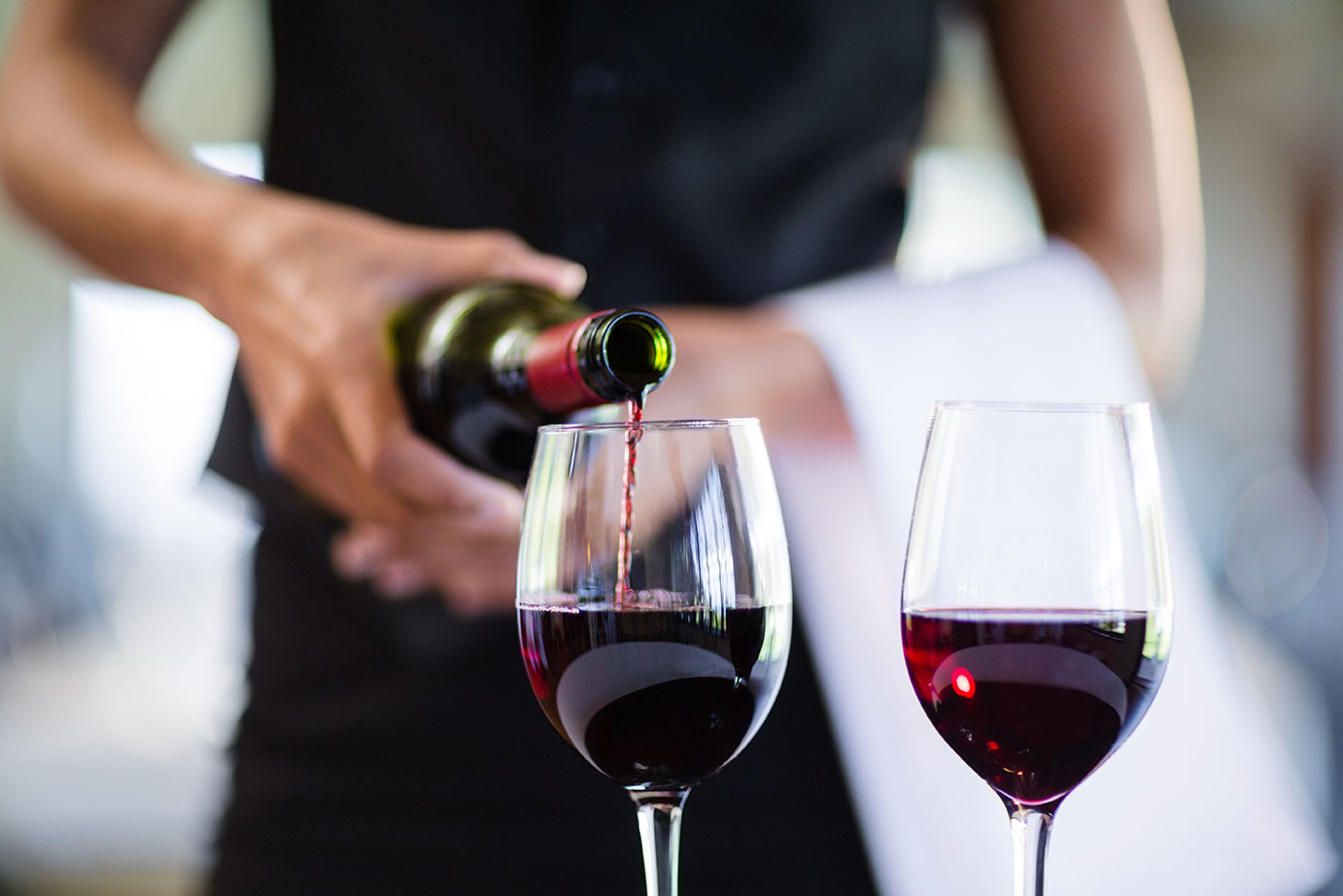Beer & Wine
Retail Beer & Wine Display Lighting
"... beer in the regular amber bottle will begin to be noticeably 'lightstruck' within about two minutes, while beer in a clear glass will begin deteriorating within 30 seconds!"
The light-struck effect is well documented in beer and light wines.
Mercaptans (the same chemicals skunks use as defense) are created when beer and white wines are exposed to light (UV and visible light) for even very short periods of time.

Wine that is exposed to air (oxidation) spoils and goes bad and can start to fade as it loses it color, body and flavor qualities that wine connoisseurs appreciate. For wineries and distilleries or your own personal wine cellar, consider using PROMOLUX low radiation balanced spectrum lighting, a specific light source designed for perishable displays including alcoholic and beverage cases.
When Your Beer Really Stinks. Beer Break, Vol. 1, No. 16. Read the whole article here.
"The smell is the product of the chemical reaction that takes place in the bottle when bright light strikes the hops, creating what's technically known as 'light struck' beer. The reaction is stronger with paler and hoppier beers. The resulting chemical is identical to that in a skunk's defense system, and light-struck beer puts off one of the most powerful aromas around."
An Introduction to the Brewing Process: Comments on Bottled Beer. R.G. Black, revised by G.J. Kitz. Prepared for Great Western Brewing Company Limited.
"Beer is highly susceptible to light, and we might add, light from any source. In sunlight, the reaction is almost immediate. The ultraviolet part of the light spectrum breaks down the sulphur containing molecules, forming highly odourous mercaptans and other sulphurous compounds. A customer complaint on this subject cannot possibly be mistaken, as a most objectionable odour and flavour is present."
"A surprising fact is that beer in the regular amber bottle will begin to be noticeably 'lightstruck' within about two minutes, while beer in a clear glass will begin deteriorating within 30 seconds!"
UNC Chemists Figure Out What Causes ‘Skunky Beer.’ David Williamson. University of North Carolina News Service, 2001. Read the full article here.
"Historically, beer has been stored in brown or green bottles to protect hop-derived compounds from light in a process we call photodegradation," said Dr. Malcolm D. Forbes, professor of chemistry. "Hops help flavor beer, inhibit bacterial growth and are largely responsible for the stability of the foam in the head," Forbes said.
"Hops, however, are light-sensitive, and the three main compounds in them identified as being light-sensitive are called isohumulones. When attacked by either visible or ultraviolet light, these break down to make reactive intermediates known as free radicals that lead to the offensive taste and skunky odor."
Spencer’s Beer Page: Graph of Bottle Glass Light Transmission. Spencer Thomas and Ian Craig. Read the full article here.
"The critical part for beer skunking seems to be wavelengths shorter than about 500nm."
"Note that the brown bottles transmit a lot less light in this part of the spectrum than do the green and clear bottles.
520 nm. Dave Suurballe. Forum on Beer, Homebrewing, and Related Issues. Homebrew Digest #758 Fri 08 November 1991. Read the full article here.
"Volume 8, Number 2 of New Brewer (March-April 1991) mentions the magic number on page 10 in an article by Owens-Brockway entitled 'The Right Glass':
"'The degeneration problem occurs most frequently in warehouses or
retail outlets where fluorescent lighting is the norm. While all light with the wavelength of 520 millimicrons has the potential to cause beer skunkiness, it is the ultra-violet (UV) portion of the light spectrum below 400 millimicrons that is the most harmful to beer in the shortest period of time. In fact, it can affect beer flavor in as little as 24 hours.'"
"The graph, which I obviously cannot reproduce, shows that amber glass transmits about 5% of the light below 400 nm (UV), green glass about 80%, and clear glass about 90%. Between 400 and 520 nm (green), amber glass climbs from 5% to 30%, green drops from 80% to 50% (at 450 nm, which is blue-green) and then climbs back to 80%, and clear glass stays around 90%."
